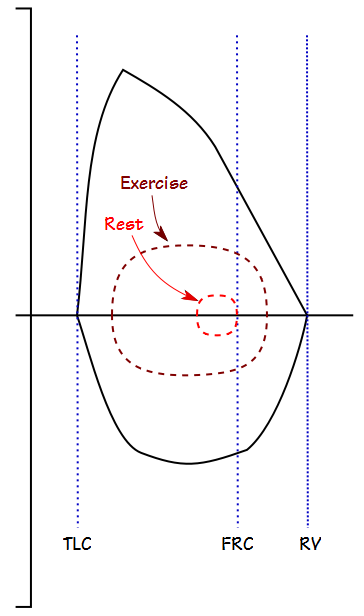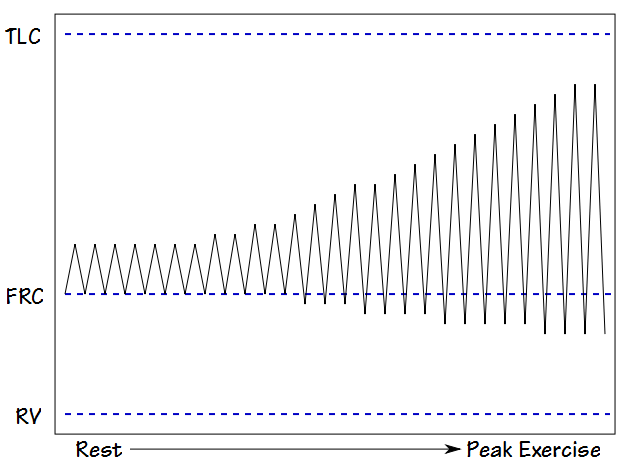This idea originates, as far as I know, from Michael Sims, president and CEO of NspireHealth. I got it second hand and suspect that it is a small part of a larger presentation but this one point is worth discussing by itself. Specifically, we call the places we work “Pulmonary Function Laboratories” and this is at best an outdated and somewhat obscure term that doesn’t do much to make it clear what we do.
What’s wrong with calling it a Pulmonary Function Lab?
Well “Pulmonary” is okay since it’s a rather dignified and erudite term for the part of the body we’re primarily concerned with. “Function” however, is a somewhat vague or ambiguous term. The dictionary definition (or at least one of them since the other is mathematical) is “an activity or purpose natural to or intended for a person or thing”. That sort of applies to what we do but not with any particular precision or clarity.
I think that it’s the words “Lab” or “Laboratory” are the biggest problem since they conjure up images of Bunsen burners, test tubes and white-coated scientists engaged in research (the buzzing electrical arcs climbing up Jacobs’ Ladders and cries of “it’s alive!” are optional). The dictionary definition is “a room or building equipped for scientific experiments, research, or teaching, or for the manufacture of drugs or chemicals.” Not particularly specific to what we do and not necessarily a place you’d want to have any tests performed.
Michael Sim’s suggestion was that we re-brand our place of work by calling it “Pulmonary Diagnostic Services” instead. This is an unambiguous title that clearly identifies what we do. More than that, it gives us an opportunity to re-imagine and re-define exactly what it is we do.


